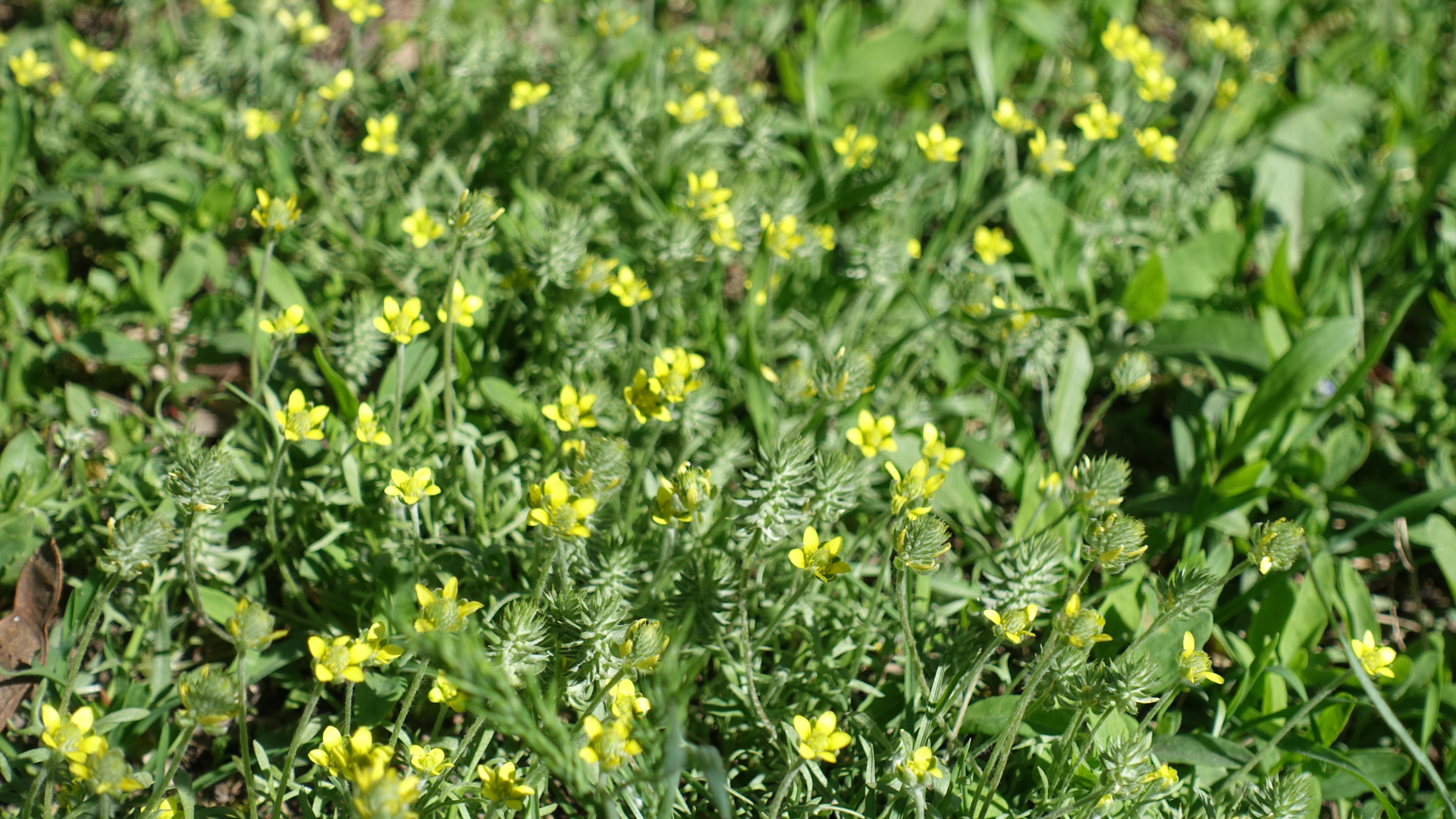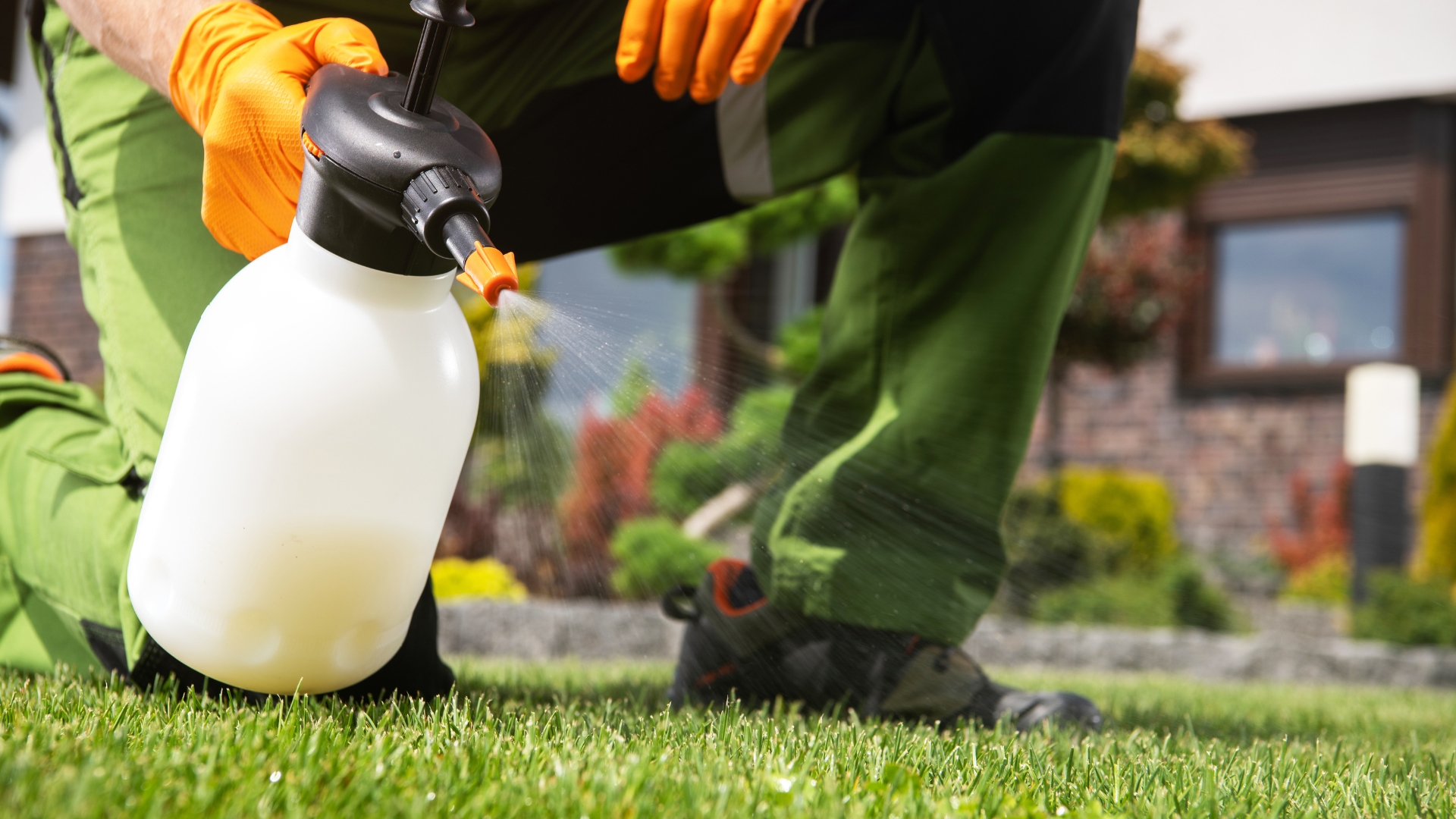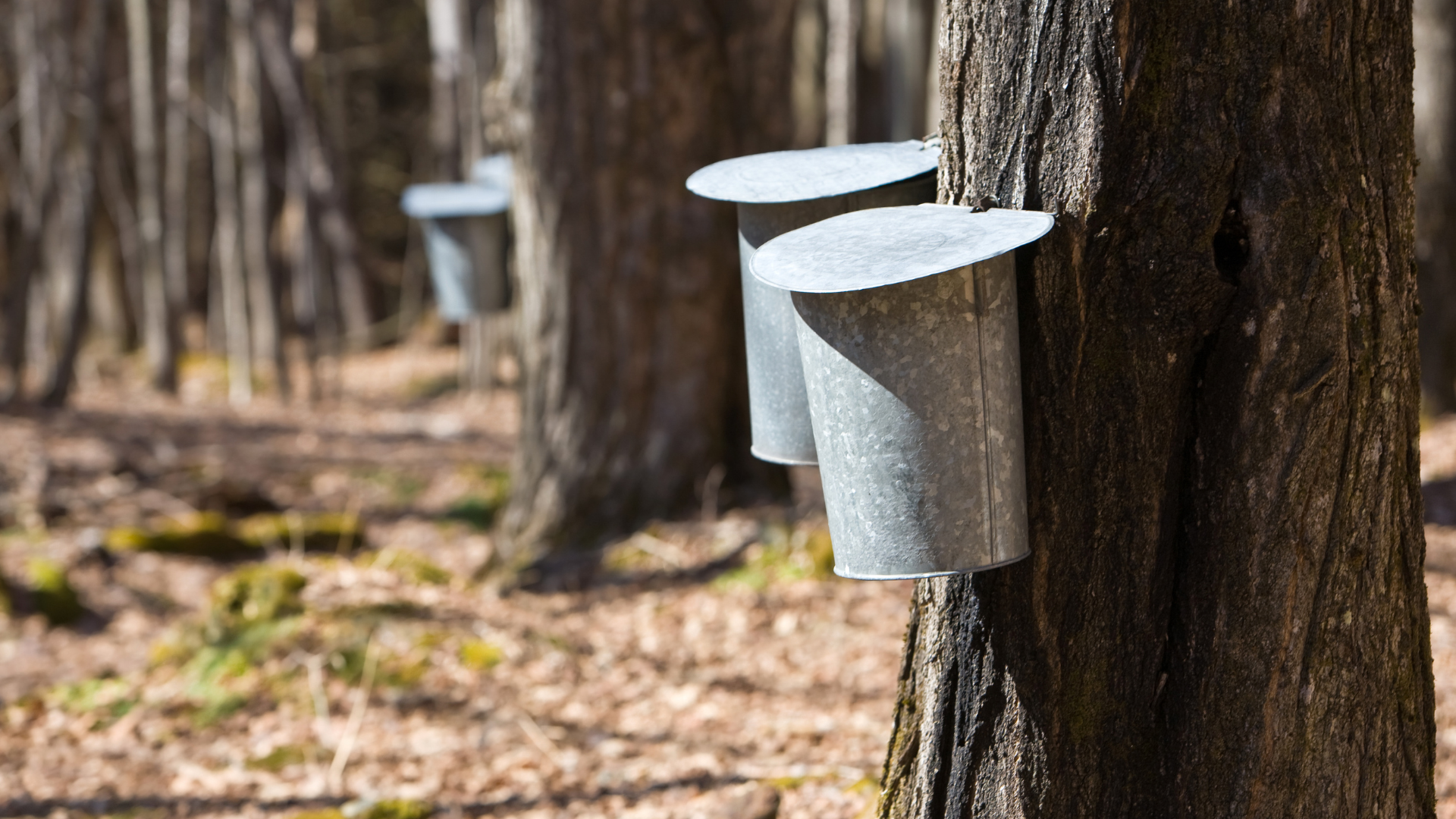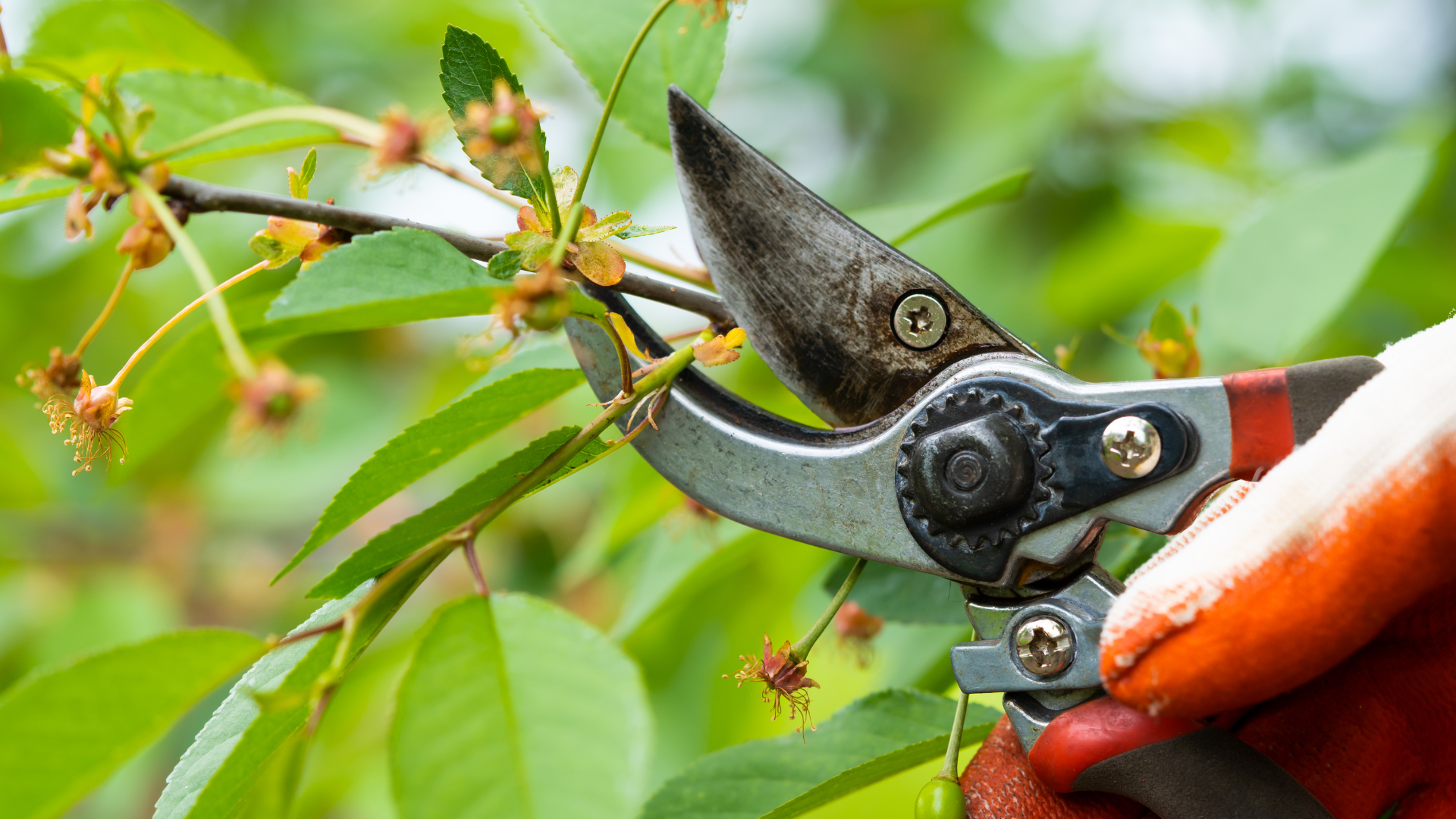How to survive a grasshopper apocalypse
Jul 7, 2023, 4:00 PM | Updated: Sep 5, 2023, 12:47 pm
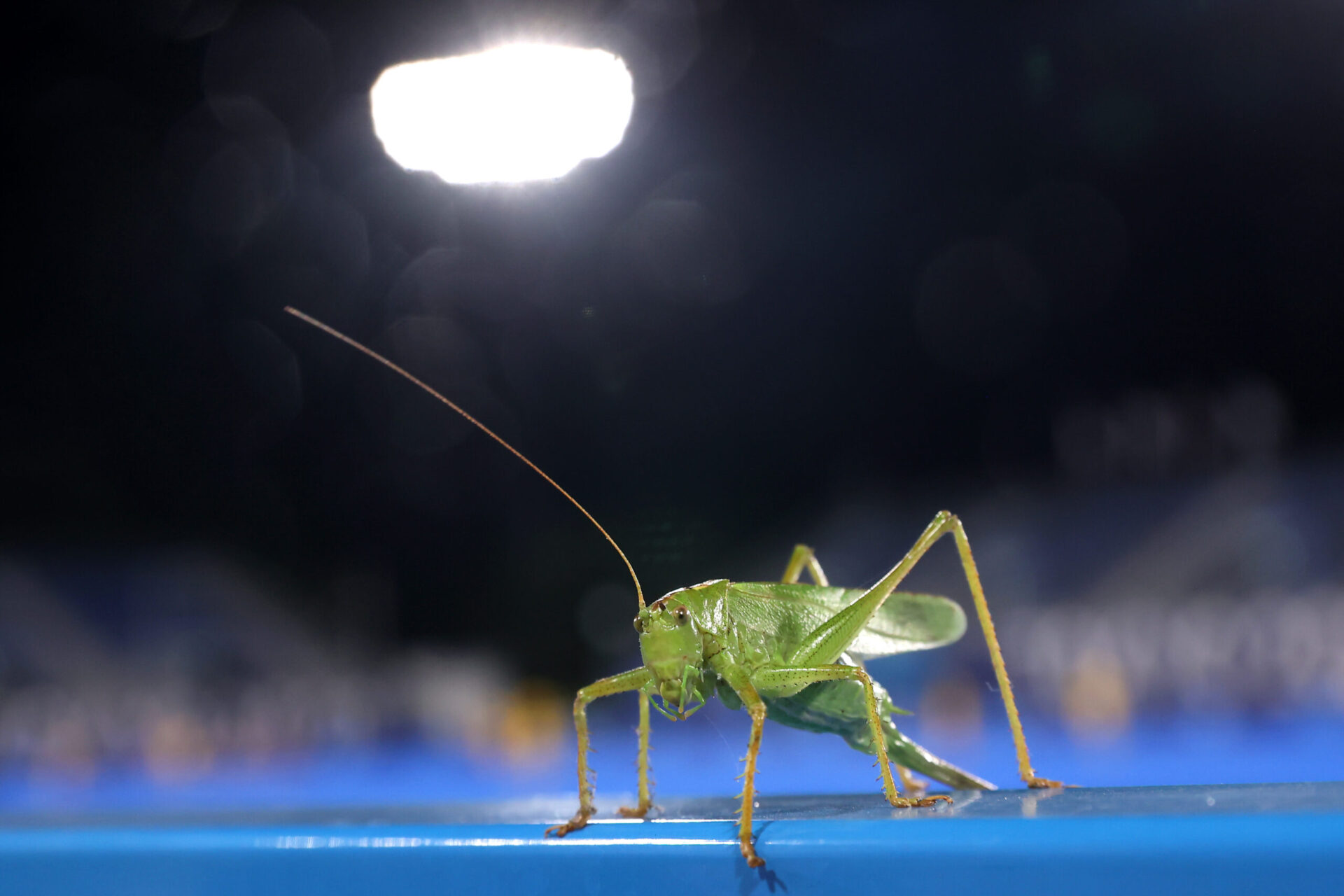
Despite all the water from the snow this past winter, we are still seeing grasshoppers. (Alexander Hassenstein/Getty Images)
(Alexander Hassenstein/Getty Images)
SALT LAKE CITY — Grasshoppers are becoming an issue now, which has led to several questions regarding how to handle them. To help answer some of those questions, Taun and Maria asked Linden Greenhalgh, a horticulturist at Utah State University Extension in Tooele County, to join the KSL Greenhouse show.
Linden says we’re not in a grasshopper apocalypse, at least not in all of Utah. He did notice a few grasshoppers in the northern and southeastern parts of Tooele County. Although it’s not a lot, those grasshoppers are slowly starting to expand.
A lot of people thought that cold temperatures and heavy snow would repel grasshoppers. However, this year’s winter proved that theory wrong. Despite all the water from the snow this past winter, we are still seeing grasshoppers.
One issue that Taun has been running into while helping people with grasshopper control is that it’s a lot harder to do on smaller lots.
“When you’re talking about grasshopper suppression you’re never really going to control all of them. At least with suppression, it has got to be on a much wider scale than just one yard,” Taun said.
For homeowners who live on traditionally sized lots and have a more regular yard, Linden’s best advice is to use products such as Malathion and Sevin which will kill the grasshoppers. He did warn that they will also kill the bees, so it’s a matter of whether you are willing to kill everything to get rid of them.
On the other hand, you can also use Spinosad. This is a reduced-risk product that will kill grasshoppers, but it won’t take effect until about two days.
Listen to the full segment on our podcast below!
The KSL Greenhouse is on every Saturday from 8 a.m.-11 a.m. You can follow the show on Facebook, Instagram, YouTube, and on our website.

